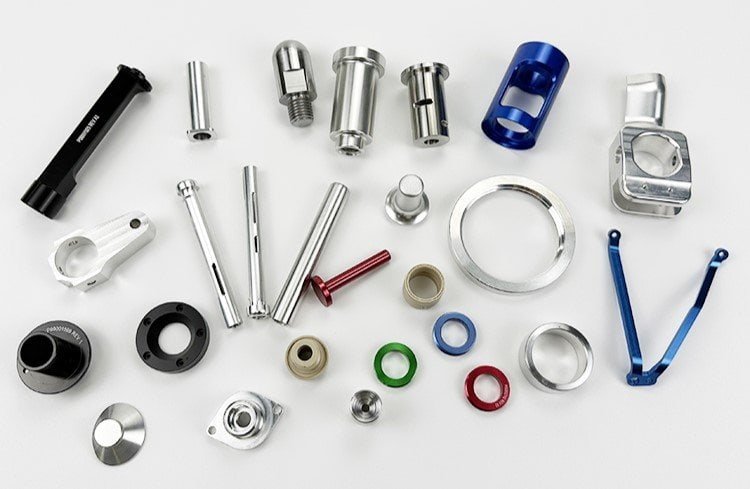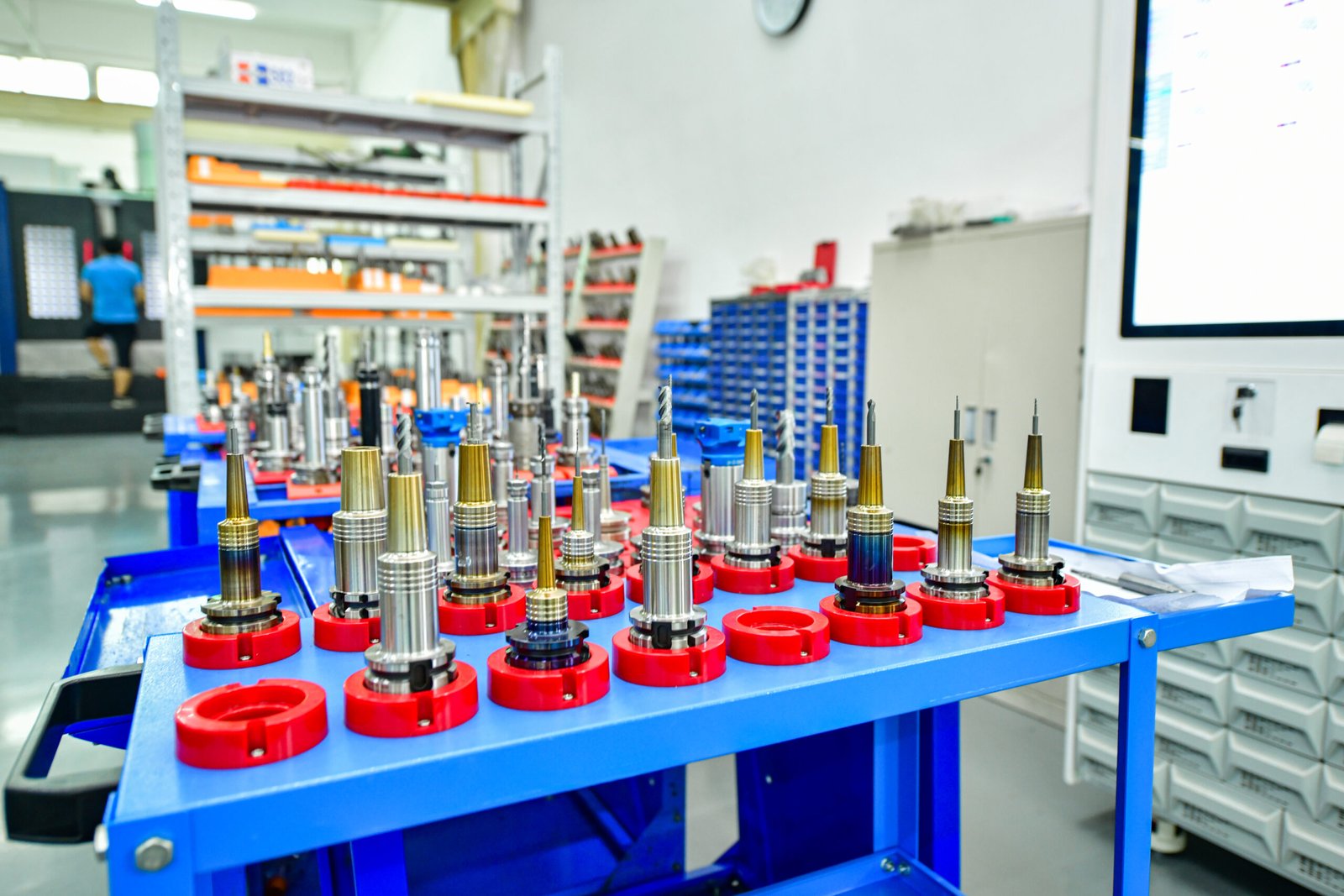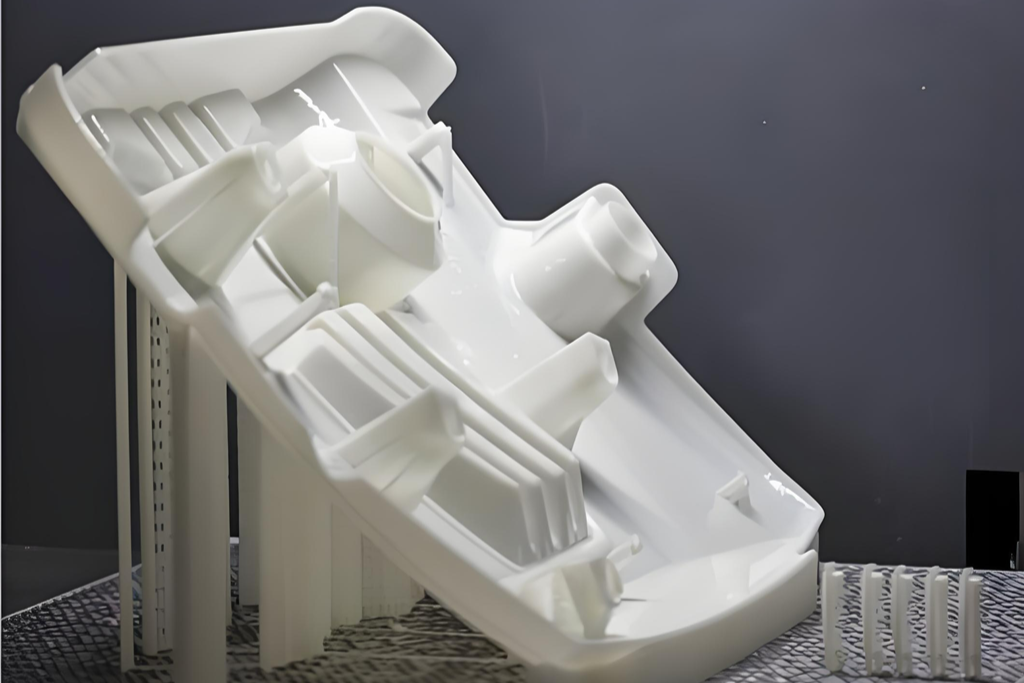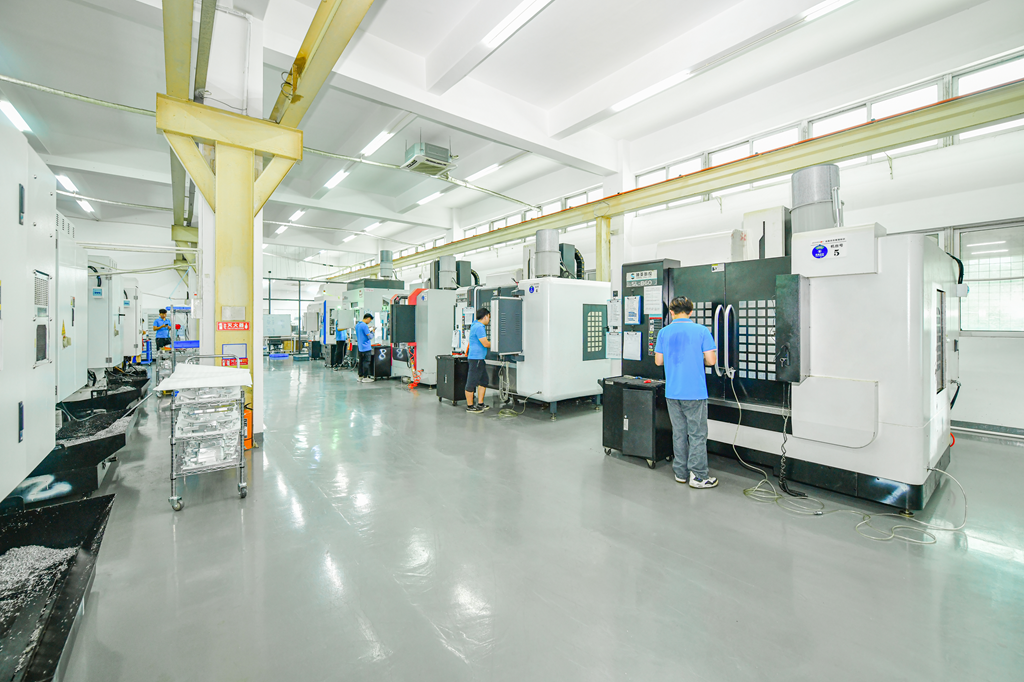When it comes to CNC machining services, precision is only half of the story. The other half lies in the surface finish—how the part looks, feels, and performs in real-world conditions. Surface finishes not only improve the visual appeal of CNC machined parts but also enhance durability, corrosion resistance, and functionality.
If you’re developing a prototype or preparing parts for end-use, understanding the different surface finish options for CNC machining is critical. Let’s explore the most common finishes, their benefits, and how to choose the right one for your project.
1. What is Surface Finish in CNC Machining?
1. What is Surface Finish in CNC Machining?
Surface finish refers to the final texture or treatment applied to a CNC-machined part after it has been cut, milled, or turned. Machined parts directly off the CNC machine often show tool marks or rough textures. Applying the right finish can:
- Improve aesthetics (smooth or glossy surfaces)
- Protect against corrosion and wear
- Enhance electrical conductivity or insulation
- Reduce friction in moving components
- Match industry-specific standards (medical, aerospace, automotive)
2. Common Surface Finish Options for CNC Machined Parts
a) As-Machined (Standard Finish)
- Process: No additional treatment after CNC machining
- Ra Roughness: Typically 1.6–3.2 µm (63–125 µin)
- Advantages: Fast, cost-effective, preserves high precision
- Applications: Functional prototypes, internal components where appearance is not critical
b) Bead Blasting
- Process: Blasting parts with glass beads to create a uniform matte finish
- Appearance: Smooth, satin-like texture
- Advantages: Removes tool marks, improves surface uniformity
- Limitations: Does not add corrosion resistance
- Applications: Consumer products, housings, visible components
c) Anodizing (Type II & Type III)
- Process: Electrochemical process forming a protective oxide layer on aluminum
- Type II (Decorative Anodizing): Offers color options, corrosion resistance
- Type III (Hard Anodizing): Thicker, wear-resistant layer, excellent for harsh environments
- Applications: Aerospace, automotive, electronics housings, medical devices
d) Powder Coating
- Process: Applying dry powder, then curing under heat to form a strong coating
- Appearance: Smooth, durable, available in multiple colors
- Advantages: Excellent wear and corrosion resistance
- Limitations: Adds more thickness than anodizing, less precise for tight-tolerance parts
- Applications: Automotive parts, outdoor equipment, industrial components
e) Polishing & Buffing
- Process: Mechanically polishing to achieve smooth or mirror-like finishes
- Advantages: Improves aesthetics, reduces friction
- Limitations: Labor-intensive, may reduce dimensional accuracy
- Applications: Decorative parts, medical implants, luxury components
f) Electroplating (Nickel, Chrome, Gold, Zinc)
- Process: Metal ions are deposited on part surfaces using electrolysis
- Advantages: Enhances wear resistance, conductivity, corrosion protection
- Applications: Electrical components, automotive trim, aerospace hardware
g) Painting
- Process: Spray or dip coating with liquid paint
- Advantages: Affordable, customizable colors
- Limitations: Less durable than powder coating, prone to scratches
- Applications: Consumer products, low-cost protective finishes
h) Brushing
- Process: Abrasive brushing to create linear surface patterns
- Appearance: Matte with directional lines
- Advantages: Industrial look, hides minor imperfections
- Applications: Kitchen appliances, consumer electronics
3. How to Choose the Right Surface Finish
When selecting a surface finish, consider:
- Material: Some finishes (like anodizing) are only suitable for aluminum.
- Functionality: Do you need wear resistance, conductivity, or aesthetics?
- Industry Standards: Aerospace and medical parts often require specific finishes.
- Budget & Timeline: Some processes are faster and more affordable than others.
4. Surface Finish Comparison Table
| Finish Type | Appearance | Durability | Cost | Typical Applications |
|---|---|---|---|---|
| As-Machined | Tool marks visible | Moderate | Low | Prototypes, internal parts |
| Bead Blasting | Matte, uniform | Moderate | Medium | Consumer products, housings |
| Anodizing | Colored, matte/glossy | High | Medium | Aerospace, electronics, medical |
| Powder Coating | Smooth, colored | Very High | Medium-High | Automotive, outdoor equipment |
| Polishing | Glossy, mirror | Low (scratches easily) | High | Decorative, medical implants |
| Electroplating | Metallic coating | High | Medium-High | Electronics, automotive, aerospace |
| Painting | Colored finish | Moderate | Low | Consumer, low-cost parts |
| Brushing | Matte with lines | Moderate | Medium | Appliances, electronics |
Final Thoughts
Surface finishing is more than just appearance—it’s about performance, protection, and product value. Choosing the right finish ensures that your CNC machined parts not only meet technical requirements but also achieve the durability and aesthetics your industry demands.
At Samshion, we provide CNC machining services with a wide range of surface finishes. Whether you need anodized aerospace parts, polished medical components, or powder-coated industrial hardware, we deliver precision and quality every time.
Contact Samshion today to discuss your CNC project and request a free quote.




